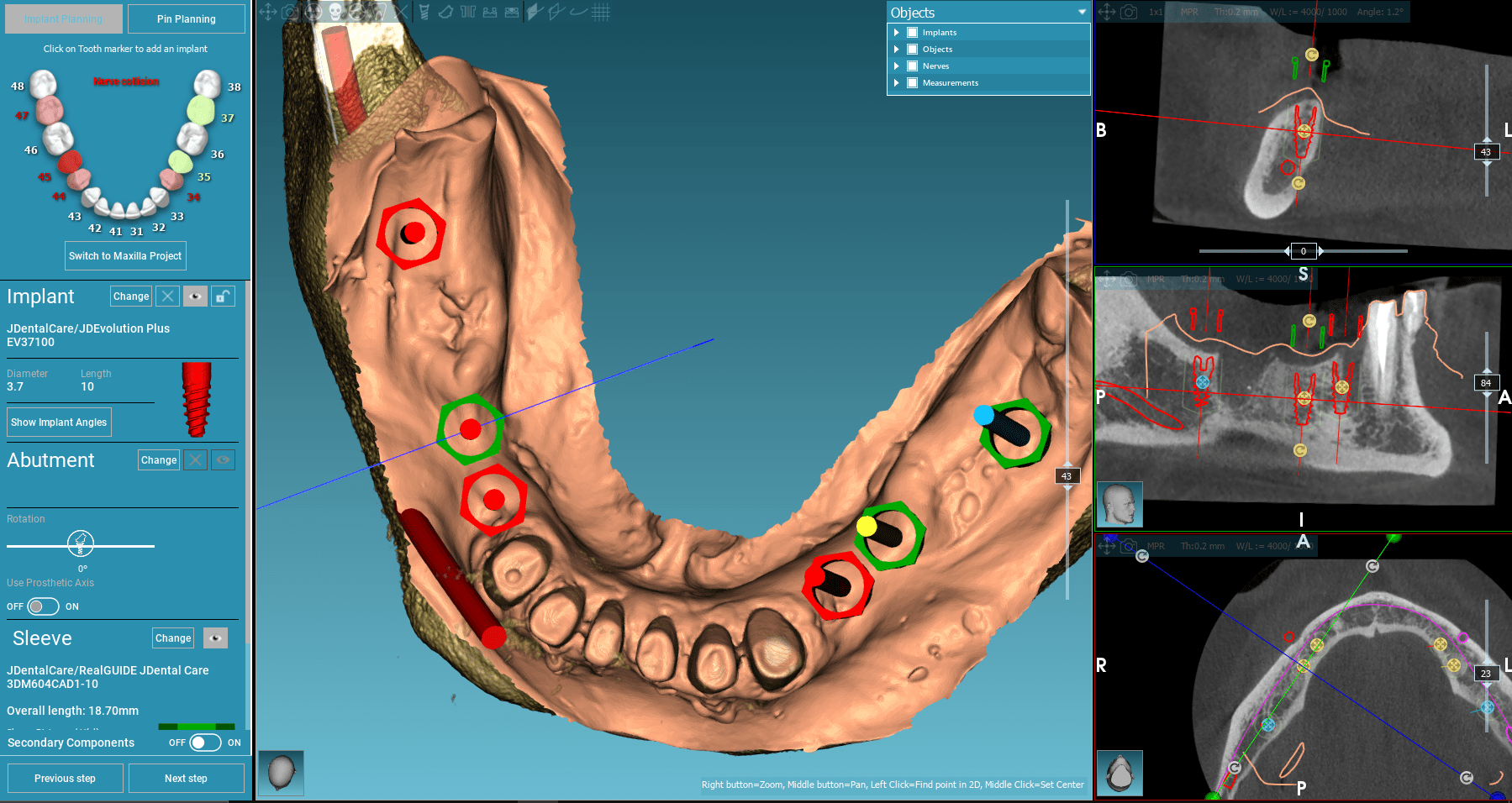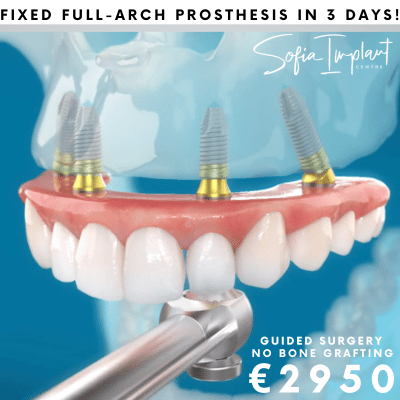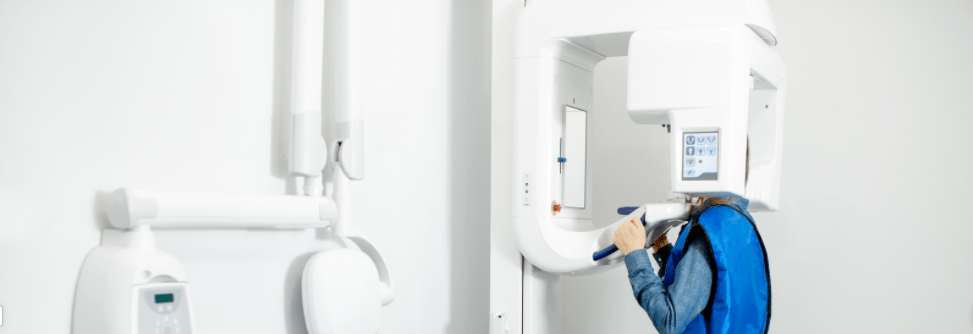Fail to plan is plan to fail. Poor planning is the biggest factor for complications in the treatment process.
In this post you will learn what are the important questions you should ask and what specific information to request before choosing where to be treated. We will introduce you to the most important step in the implant planning process so that you are well informed of what to expect.
We recently had a case of a patient who had been treated in a popular dental-tourism destination – while he was desperately looking for help, we had to unfortunately turn him away. Here is why. The patient’s X-ray showed an implant which had penetrated the sinus. This was a clear sign that the implant had been placed in a compromised position where the jawbone is very thin – apparently without adequate planning or a 3D scan. There are such cases indeed! This is why you need to make sure you will be examined with a 3D scan and then get the surgeon to discuss the scan with you. After all, this is the most important examination prior to surgery and you have the right to know everything about it!
So how is an implant surgery properly planned? It all starts with an on-site examination and an X-ray – this is the initial examination that will give a general information about the patient’s case and the presence or lack of enough jawbone for implantation. Here is an example of a panoramic photo:

While the x-ray is a good tool for getting a general idea of the patient’s case it is unfortunately not enough for a definitive conclusion of the presence of enough bone for implantation.
The 3D scan (CBCT) however is a three-dimensional X-ray examination and requires more advanced equipment. The equipment cost is significant and quite often it is provided as an external service as not every clinic can afford it. If the 3D scan is external to the clinic it would usually take longer time to receive the result and to analyze it.

The 3D scan is the one and only test that gives a 100% clarity on how thick and dense your jawbone is – only with a 3D scan the surgeon can make an objective decision where exactly and what type of implant to place.
Related article:
What does quality mean in full-arch restoration?

Our Promise and Guarantee
We treat every patient with respect, responsibility and professionalism.
All our reconstruction works carry a 5-year guarantee subject to proper post-treatment care. All implants have a lifetime structural guarantee.
Get your free individual treatment plan today!
Get your free individual treatment plan today!
Related posts and videos:
 What quality to expect from Sofia Implant Centre. Materials used, services & work standards.
What quality to expect from Sofia Implant Centre. Materials used, services & work standards.
 Your Biggest Risk in Dental Implantation
Your Biggest Risk in Dental Implantation
 What is a dental implant?
What is a dental implant?
 Are dental implants right for me?
Are dental implants right for me?
 How to choose the best implants on the market?
How to choose the best implants on the market?
 CBCT (3D) Scan – Why Is It Important?
CBCT (3D) Scan – Why Is It Important?
 Extraction of teeth and placement of implants
Extraction of teeth and placement of implants
 Implants and lack of jawbone
Implants and lack of jawbone
 What is All-on-4 and All-on-6 complete dental restoration?
What is All-on-4 and All-on-6 complete dental restoration?
 The three most important things for successful treatment by the ALL-ON-4/6 protocol?
The three most important things for successful treatment by the ALL-ON-4/6 protocol?
 ZIRCONIUM and … zirconium.
ZIRCONIUM and … zirconium.
 Why the modern dental laboratory is so important?
Why the modern dental laboratory is so important?
 Surgical guides for dental implants – why is it so important?
Surgical guides for dental implants – why is it so important?
 Why getting an implant passport is a must?
Why getting an implant passport is a must?
 Classic or basal implants
Classic or basal implants
 Bite registration for complete dental restorations.
Bite registration for complete dental restorations.

